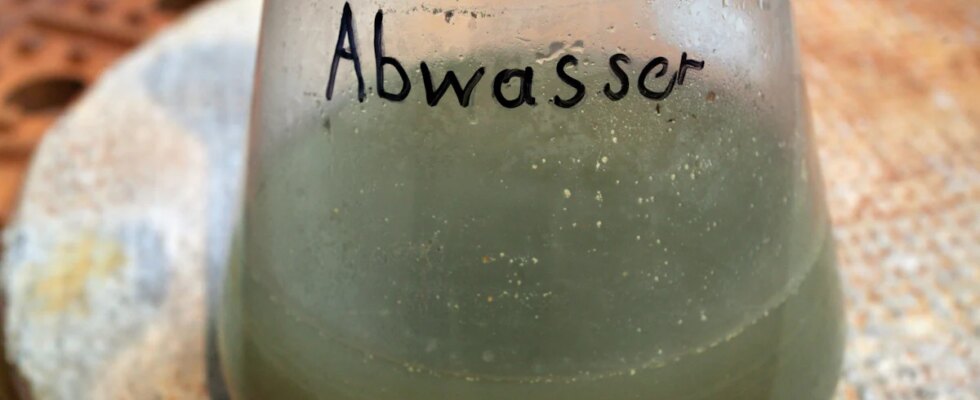Bavaria has expanded its wastewater monitoring introduced for corona to include flu viruses. The results of the regular tests in around 30 cities are now being published online together with the corona values, as the Ministry of Health announced on Sunday. Currently, all measured values are comparatively low. However, this was to be expected, as the flu typically occurs seasonally with a peak in late winter.
“With wastewater monitoring, we have set up a modern and efficient tool for monitoring the infection situation during the corona pandemic,” said Health Minister Judith Gerlach (CSU). “Bavaria is now also testing the wastewater samples taken for influenza A and B viruses. Together with the reports of infection cases under the Infection Protection Act, we are thus getting a good overview of the current infection situation in the Free State.”
This has apparently been happening for some time. The data on the internet for some sampling points goes back to last year. There is usually a delay of a few days because the samples have to be examined. “In principle, pathogens excreted by infected people in wastewater can be detected using molecular biology and their quantity can be determined to a certain extent,” explained the President of the State Office for Health and Food Safety, Christian Weidner. “Virus occurrences in the population can thus be determined without having to directly test infected people.”
The measurement values published online for samples from individual locations are not directly comparable with each other. For each location, the measurement value is shown in comparison to previous results. The highest value in the period shown is standardized to 100, and all others are shown in relation to this. This means that comparisons of the figures with other locations are not useful, but the presentation does provide a good impression of the development over time. The curves on the page almost all show a peak in February and currently – typical for summer – much lower values.

